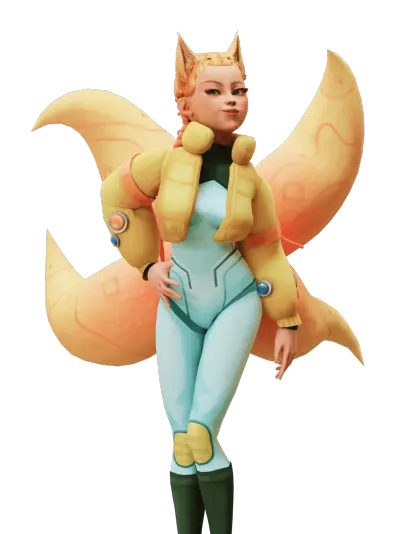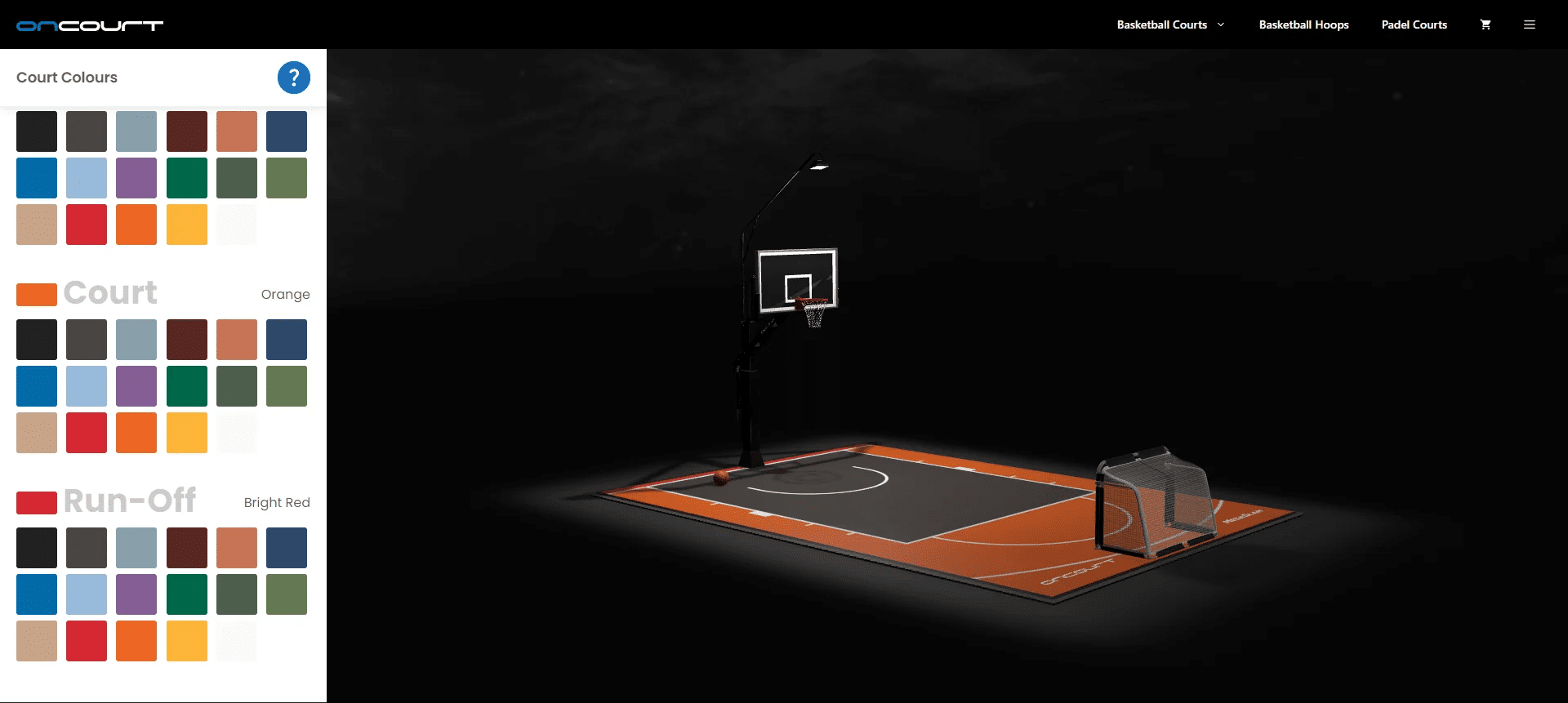What is Gesture Recognition Technology? A Comprehensive Guide


If you’ve ever watched films like “The Matrix” or “Iron Man,” you must have imagined what it would be like to operate your TV, computer, and other household appliances with only a wave of your hand. As gesture recognition technology develops, these futuristic visions are rapidly turning into a reality.
In this ultimate guide, we’ll learn what a gesture recognition system is, as well as what applications it has and what the technology’s future is. Let’s get to the point!
Understanding Gesture Recognition Technology
Gesture recognition is categorized as a touchless user interface (TUI). TUI devices can’t be touched, in contrast to touchscreen devices. TUIs are best shown by voice-activated smart speakers like Google Home and Amazon Alexa. However, since gesture recognition can also be operated without touching a screen, it is also a type of TUI. Having said that, a lot of gadgets that allow gesture detection also feature a touchscreen.
Even though there are several varieties of gesture recognition technologies, they all operate on the same fundamental tenet: they all accept human movement as input. The tool has one or more sensors or cameras that keep an eye on user activities. It produces the proper output in response to signals it recognizes as being associated with commands. You may do this by unlocking the smartphone, running an app, adjusting the volume, etc.
How Gesture Recognition Works
The use of gesture recognition technologies is growing. Gesture recognition is when a computer system interprets a human motion mathematically. Most frequently, orders are entered through gestures. Gestures that are recognized as input make interaction in a gaming or 3D virtual reality environment more natural and improve accessibility for those with physical disabilities.
To ensure that the system operates in the most effective way, gesture technology adheres to a few essential conditions. As follows:
- Wait: The machine is now in the waiting state as it awaits the user’s input and gesture.
- Collect: Following the performance of the gesture, the machine collects the data it was intended to transmit.
- Manipulate: The system is in this state after receiving input or after gathering sufficient data from the user. This condition resembles a processing state.
- Execute: In this stage, the system carries out the job that the user has requested through a gesture.
Usually, these phases are followed by devices that use this technology. Nevertheless, depending on the configuration and task each machine is intended to perform, their duration may differ from one machine to the next.
Hand and body motions can be enhanced by a controller equipped with accelerometers and gyroscopes to detect tilting, rotation, and acceleration of movement, or the computing device can be connected to a camera so that the device’s software can identify and interpret certain movements. For instance, the application might be stopped by a hand wave.
Applications of Gesture Recognition
The primary purpose of gesture recognition technology was to enhance human-computer interaction, but as computers became more widely used, a broad range of other uses emerged. The following uses of gesture recognition technologies exist at the moment:
Healthcare
The healthcare sector, particularly telemedicine, surgery, and rehabilitation, has the potential to undergo a revolution thanks to gesture recognition technologies. This technology may be used in rehabilitation to monitor patients’ movements and give physical therapists feedback on their treatment regimens to make them more efficient. Gesture recognition can be useful for telemedicine since it enables medical staff to communicate with patients across long distances and conduct virtual examinations. Gesture recognition in surgery can be used to operate surgical instruments without making physical touch, lowering the possibility of contamination and boosting accuracy.
In addition, this technology may be utilized to operate wheelchairs and other wheelchair-like medical devices, enhancing the quality of life for patients. By offering new ways to communicate with patients and enhance medical results, gesture recognition is a promising topic that has the potential to revolutionize the healthcare sector.
Gaming and Entertainment
Systems for virtual reality (VR), augmented reality (AR), and gaming consoles all depend on gesture detection. The experience is more realistic and engaging since it gives gamers the ability to move naturally to manipulate their virtual characters or locations.
Automotive Industry
By enabling users to manage multiple operations without removing their hands from the wheel or their eyes from the road, gesture recognition technology can improve convenience and safety in the automobile sector. Drivers may, for instance, change the speech recognition settings, answer or decline phone calls, and modify the level of the car music using hand gestures. In addition, drowsy or distracted driving can be detected via gesture recognition, warning the driver to take the appropriate safety measures.
Smart Home and IoT Devices
In order to give consumers a more seamless control experience, gesture recognition technology may be employed in IoT devices and smart home systems.
To switch on lights or set the temperature, for instance, users may use basic dynamic gestures to operate smart home products without having to physically engage with them. Using smart home systems and Internet of Things (IoT) devices can become more simple and natural for users thanks to this technology.
Other Industries
Other fields where gesture recognition technology is having an impact include:
- Retail: Touchless payments and interactive displays are two ways that gesture recognition is being utilized to improve the shopping experience.
- Education: To increase student engagement and cooperation, gesture recognition is being incorporated into classroom electronics.
- Aerospace: Systems in airplanes and spacecraft may be operated and interacted with using gesture recognition.
- Defense: Unmanned vehicle control and army training have both benefited from the usage of gesture recognition.
- Sports: To track and evaluate athlete motions, gesture recognition is being utilized in sports training and analysis.
Challenges and Limitations of Gesture Recognition
Now, let’s have a look at the challenges and limitations of gesture recognition one can face nowadays:
Accuracy and Reliability
Assuring precision and dependability in the detection and interpretation of gestures is one of the major issues faced by gesture recognition systems. This may be impacted by elements like illumination, background noise, and occlusions that might make it difficult for the system to effectively collect and understand the motions.
The diversity of gestures among people might also be a problem for the creation of trustworthy recognition systems. To overcome these difficulties, researchers are looking at cutting-edge machine learning methods like deep learning and neural networks to increase the reliability and accuracy of gesture recognition systems.
Environmental Factors
Gesture recognition systems’ effectiveness can be considerably impacted by external conditions like illumination and background noise. Poor illumination or extremely shiny surfaces might degrade the quality of picture capture, which makes it challenging for the system to correctly identify motions. Similar to how background noise levels can affect audio-based recognition systems, misinterpreting gestures or preventing them from recognizing anything at all. To solve these difficulties, improved algorithms that can filter out noise and other interference must be incorporated into gesture recognition systems for them to function in a variety of ambient situations.
Standardization and Compatibility
The lack of interoperability and standards across various systems is another major issue with gesture recognition technologies. Users find it challenging to transition between systems or integrate them into their current infrastructure since many manufacturers frequently utilize their own proprietary technologies. Limited interoperability and decreased functionality can result from this, along with higher costs and greater complexity.
The Future of Gesture Recognition
What is the future of gesture recognition? We’ve taken into consideration several aspects, so let’s take a closer look at each one together.
Advancements in AI and Machine Learning
The technology used to recognize dynamic and static gestures might be greatly enhanced by developments in AI and machine learning. Large data processing capabilities enable AI systems to comprehend and detect complicated motions more accurately and consistently. The technology is made more individualized and user-friendly by the ability of machine learning models to react to specific user motions.
Also, by automatically responding to changes in illumination and background noise, AI can assist in overcoming environmental difficulties. In general, the addition of AI and machine learning to gesture recognition technology has the potential to increase its effectiveness, efficiency, and applicability for a wider range of uses.
Integration with Other Technologies
The possible combination of gesture recognition with other cutting-edge technologies, such as brain-computer interfaces (BCIs) and haptics, might significantly increase the usability and usefulness of these systems. Gesture recognition might help BCIs, which enable direct brain-to-external device connection, by giving consumers a more comfortable method to engage with their gadgets.
New Applications and Industries
The automobile, gaming, education, and retail sectors are just a few of the ones where gesture recognition technology may find use. Gesture recognition in the car industry might be utilized as a safety feature or for hands-free infotainment system control. Gesture recognition has the potential to increase immersion in video games and encourage participatory learning in the classroom. Through touchless interactions with merchandise or displays, gesture recognition in retail could improve customer experiences. In smart homes, sports, and entertainment, gesture recognition may also find use. New applications and businesses are probably going to start popping up as technology advances.
Conclusion
Gesture recognition technology has grown in significance in recent years due to its potential to boost productivity across a variety of sectors and human-computer interactions. It may be used in a wide range of industries, including gaming, healthcare, the automobile industry, and retail.
However, accuracy, privacy issues, and limited acceptance owing to the expensive implementation costs are some of the issues with the technology. With improvements to machine learning and artificial intelligence algorithms, the future of gesture recognition technology seems bright. As a result, more sectors are anticipated to embrace the technology, which will boost productivity and efficiency in a variety of work settings.
We’ll see how the technologies will develop soon. Thank you for reading!
we reply in 1 day










